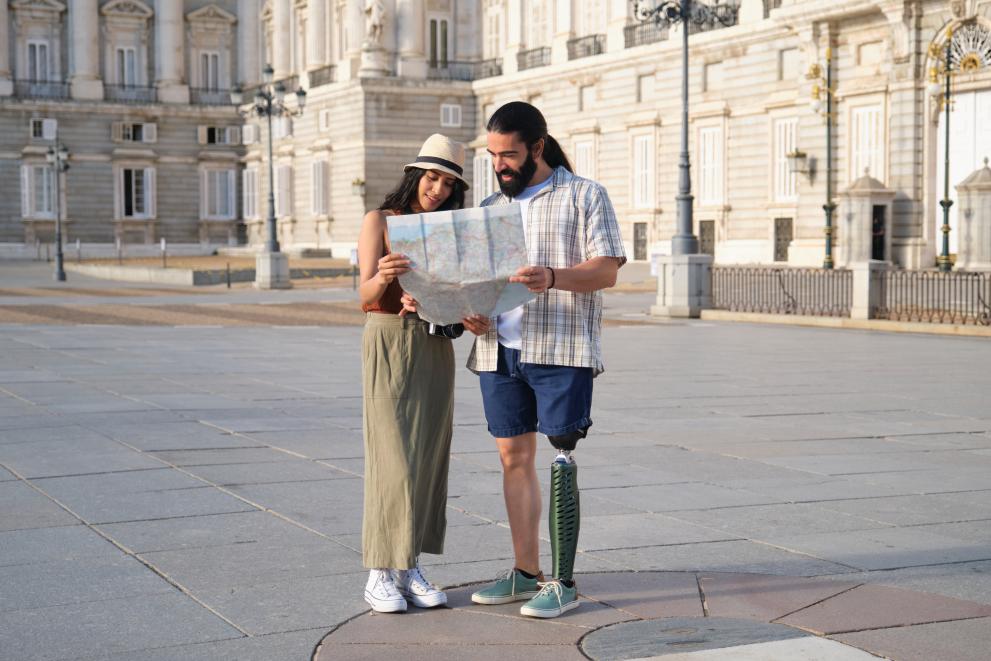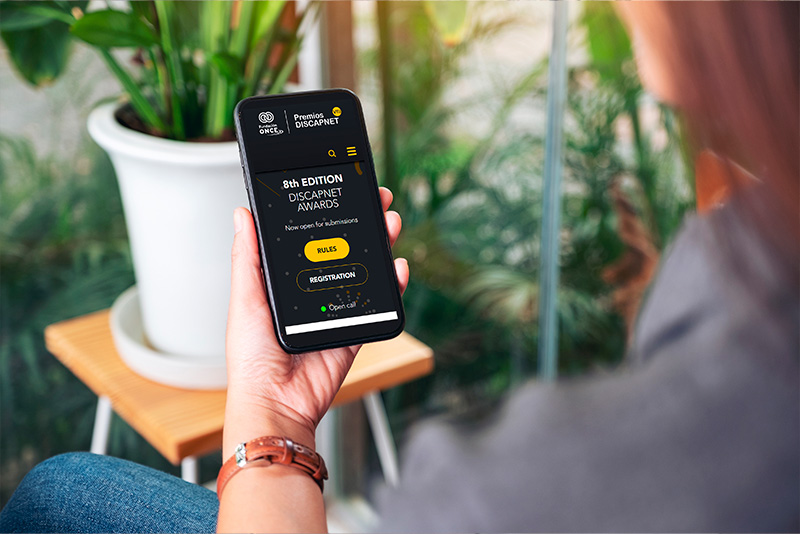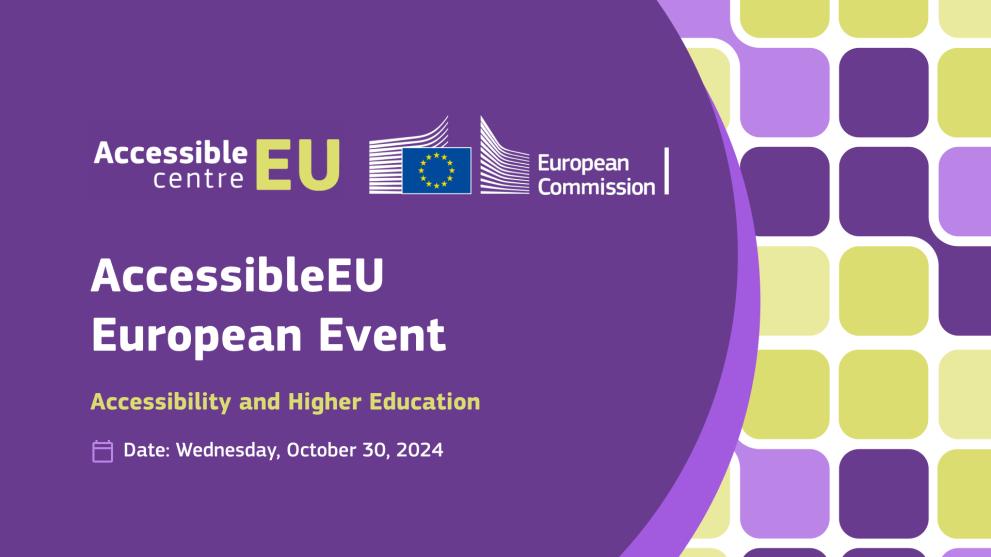
Turismo de Portugal has launched a certification based on the Portuguese standard ISO 21902:2022 to classify accessible tourist offerings.
This is a pioneering step at an international level that aims to consolidate Portugal as an inclusive and accessible destination.
The certification is not mandatory and will be issued by bodies accredited by the Portuguese Accreditation Institute, who will carry out an audit of the accessibility conditions of destinations.
To support tour operators in implementing the necessary improvements, Turismo de Portugal’s will finance expenses related to accessibility, making this certification a strategic opportunity for agents in the sector.
The Portuguese standard ISO 21902:2022 covers a wide range of requirements and recommendations to ensure that tourist destinations, services and infrastructure are accessible to all.
Source: Turismo de Portugal

 AccessibleEU, in collaboration with the University of Porto, has organised Accessibility and Higher Education, where several experts will debate about the importance of making Higher Education accessible.
The conference, which is taking place at the University of Porto next Wednesday, 30 October, aims to be a melting pot of ideas and innovation, bringing together a vibrant mix of university professors, students, administrative and service staff, researchers, and managers from inclusion service offices.
Furthermore, it aspires to sketch out a European roadmap for the future, advocating for a holistic approach to ensure that accessibility in higher education not only meets current standards but also anticipates the needs and aspirations of the future.
The event will take place at the University of Porto, next Wednesday, 30 October, from 9:00 to 17:30 WET.
Fuente:
AccessibleEU, in collaboration with the University of Porto, has organised Accessibility and Higher Education, where several experts will debate about the importance of making Higher Education accessible.
The conference, which is taking place at the University of Porto next Wednesday, 30 October, aims to be a melting pot of ideas and innovation, bringing together a vibrant mix of university professors, students, administrative and service staff, researchers, and managers from inclusion service offices.
Furthermore, it aspires to sketch out a European roadmap for the future, advocating for a holistic approach to ensure that accessibility in higher education not only meets current standards but also anticipates the needs and aspirations of the future.
The event will take place at the University of Porto, next Wednesday, 30 October, from 9:00 to 17:30 WET.
Fuente:  AccessibleEU’s guide Getting to know the European legislation on accessibility is already available for viewing and downloading in all EU languages.
The guide offers a compendium of the most relevant European legal acts with provisions regarding accessibility, and the rights of persons with disabilities. The goal is to inform readers of what is covered by the legislation and who are the actors responsible for implementing it.
It can be downloaded free of charge from AccessibleEU website
AccessibleEU’s guide Getting to know the European legislation on accessibility is already available for viewing and downloading in all EU languages.
The guide offers a compendium of the most relevant European legal acts with provisions regarding accessibility, and the rights of persons with disabilities. The goal is to inform readers of what is covered by the legislation and who are the actors responsible for implementing it.
It can be downloaded free of charge from AccessibleEU website